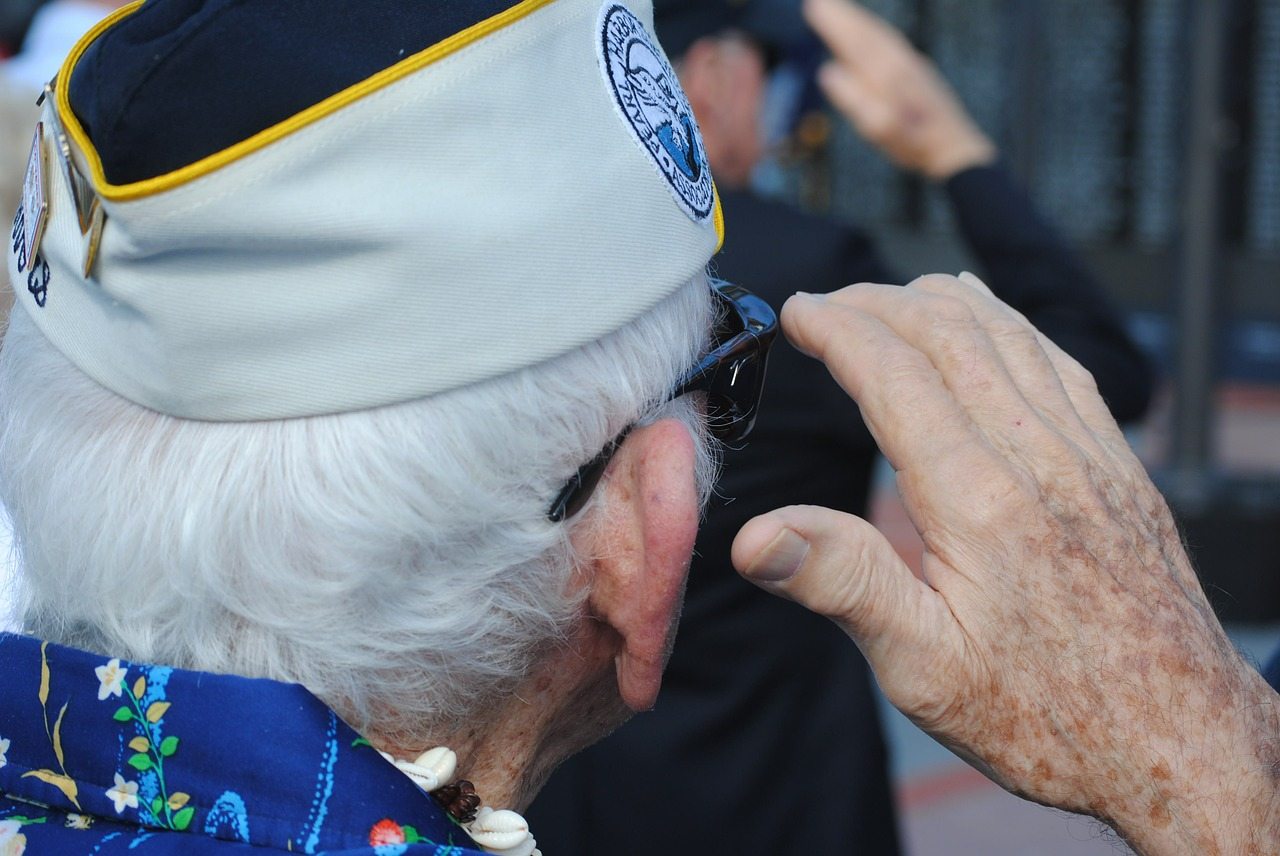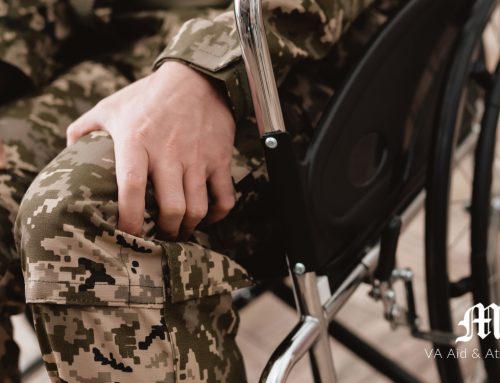In the world of non-service-connected veteran benefits, Aid and Attendance is one of the highest paying awards. In 2020, an unmarried eligible veteran could receive a maximum award of $1,911 each month, while a married veteran is eligible for up to $2,266 a month. This award is adjusted for cost of living increases annually. That amount is significant enough that it lifts a financial burden off families who need to pay for caregiving services. So what does it take to qualify? This post is specific to veterans. We’ll have a future post specific to a surviving spouse.
First steps of eligibility
To start, you must have exited the military without a dishonorable discharge. Next, there are income and net worth limits set by Congress. The VA does not count your home, car and furnishing as assets. A VA-accredited attorney can explain how these limits are navigated.
Another service-related requirement: You must have 90 days of active duty with at least one day served during an eligible wartime period. You can find a list of eligible wartime periods here.
Then, at least one of these must be true: You are 65 years old or older; you have a permanent and total disability; you are receiving long-term care in a nursing home because of a disability; or you are getting Social Security Disability Insurance or Supplemental Security Income.
But wait, there’s more
The above were the requirements for the Veteran Pension. To receive the Aid and Attendance at least one of the following also must be true:
You need the assistance of another person to perform activities of daily living (defined as bathing, feeding, dressing, ambulating and transferring);
You must remain in bed because of illness;
You are in a nursing home because of mental or physical abilities related to a disability;
Or your eyesight meets VA standards to be considered blind.
Now what?
Next comes proving all that to the VA. This requires a set of forms and evidence, generally involving care facilities, your physician, your finances and patience. At Mortellaro Law, we have a VA-accredited attorney who can explain the process to you at a no-cost initial consultation. All you have to do is call for an in-office or telephone appointment.





